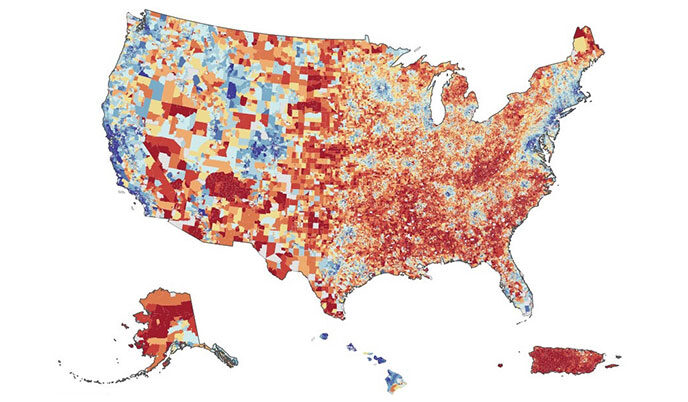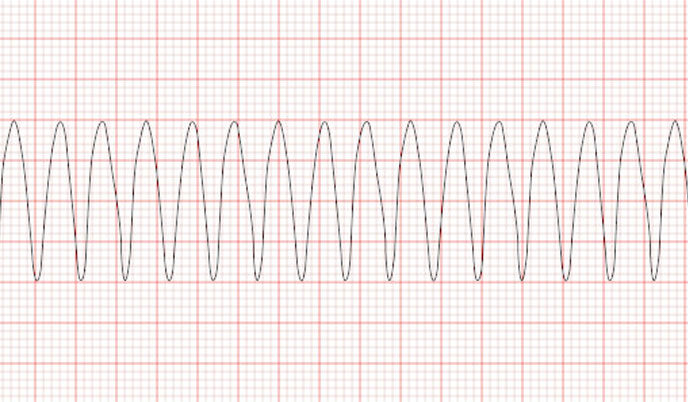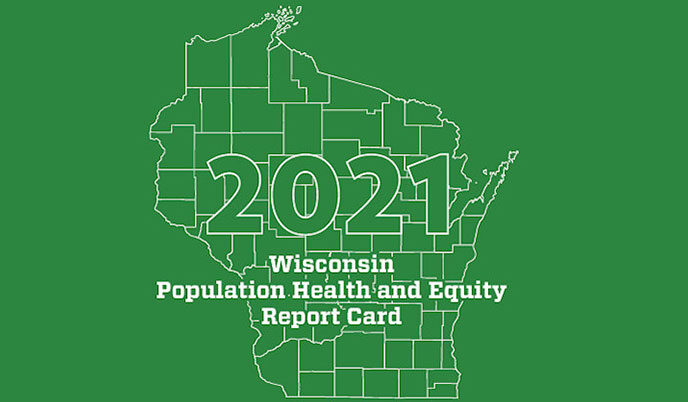
Federal agency uses UW–Madison Neighborhood Atlas research to shape national health policy
A data tool developed by UW–Madison researchers showing health-relevant metrics for every neighborhood in the United States is guiding a national model to help Medicare beneficiaries from under-resourced communities access health care more effectively.

Alzheimer’s, related dementias cause high economic burden among Indigenous populations
Indigenous people living in Wisconsin and throughout the nation experience significant health and financial burden from Alzheimer’s disease and related dementias, according to new research published by a University of Wisconsin–Madison team and collaborators.

New study finds disparities in cardiac arrhythmia treatment
A large, population-based study has found cardiac ablation for ventricular tachycardia (VT) procedures is more likely to be performed on patients who are white males from wealthier neighborhoods.

Antibody treatment reduces asthma attacks in children living in disadvantaged urban areas
A monoclonal antibody drug called mepolizumab decreased asthma attacks by 27% in children and adolescents who have a form of severe asthma, are prone to asthma attacks and live in low-income urban neighborhoods, according to a clinical trial sponsored and co-funded by the National Institutes of Health. The majority of the trial’s participants were Black and/or Hispanic—populations that have been under-represented in clinical trials and are at greatest risk for morbidity and mortality from asthma.

Black patients in Wisconsin 50% less likely to be treated for pancreatic cancer
Black patients with pancreatic cancer have lower survival rates than white patients, and a new study suggests why: They are much less likely to receive life-extending treatments.

‘C’ for Wisconsin on Population Health Report Card

Study finds higher asthma rates among Black and Hispanic children regardless of neighborhood income or density
A new, large study found that although there is a correlation between childhood asthma and being born into a densely populated or lower-income neighborhood, Black and Hispanic children had consistently higher rates of asthma than white children even in more affluent neighborhoods.

Rural patients who identify as Black experience higher rates of death and amputation from diabetic foot ulcer
Rural patients who identify as Black are at sharply increased risk of death or leg amputation due to diabetic foot ulcers, according to a new study from the University of Wisconsin School of Medicine and Public Health that analyzed national data on patient outcomes.

New rankings show healthiest and least healthy counties in Wisconsin
MADISON, Wis. – Ozaukee County ranks the healthiest in Wisconsin and Menominee County is the least healthy county in the state, according to new County Health Rankings data from the University of Wisconsin Population Health Institute (UWPHI).

Health disparities expert Amy Kind becomes associate dean for social health sciences and programs
Amy Kind, MD, PhD, will serve as the University of Wisconsin School of Medicine and Public Health’s inaugural associate dean for social health sciences and programs. Kind is a professor of medicine and an international leader in the field of health disparities research.

Lung cancer screening guidelines may perpetuate disparities in health care
Recent changes to national guidelines made more former and current smokers eligible for lung cancer screening, but a new study by a University of Wisconsin School of Medicine and Public Health radiologist shows they did little to close the gap between people of color and white people when it comes to who is eligible to get the scan.

Hospital socioeconomic status, strain may increase death rate among ICU patients with COVID-19
Researchers at the University of Wisconsin School of Medicine and Public Health used hospital data from patients with COVID-19 admitted to intensive care units across the nation to identify factors linked to higher mortality rates within 28 days of admission.